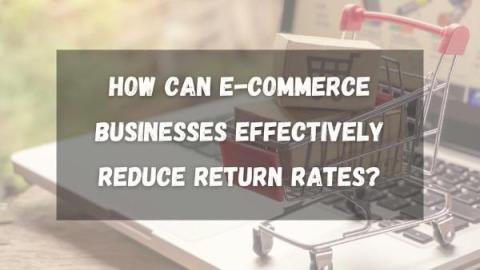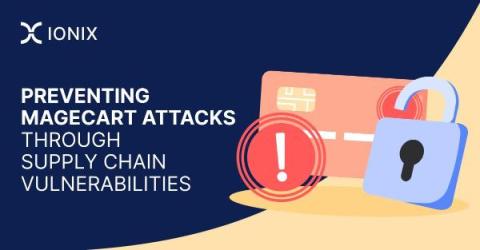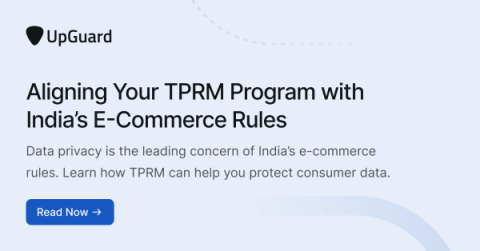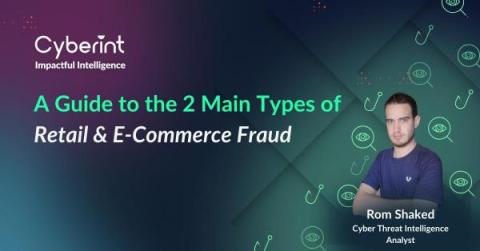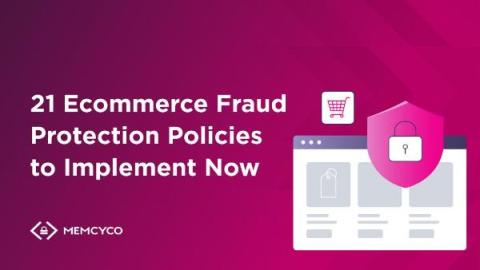How Can E-commerce Businesses Effectively Reduce Return Rates?
For e-commerce businesses, one of the biggest challenges is how to reduce returns and manage product return rates effectively. Given return rates reaching as high as 30% in certain categories, implementing targeted strategies to minimize returns becomes crucial for maintaining profitability and ensuring customer satisfaction. Excessive returns can strain profit margins and operational costs, underscoring the need for immediate attention.


